Blockchain technology, with its promise of decentralization and security, has captured the imagination of the world.1 Indeed, its applications range from cryptocurrencies to supply chain management.2 However, a significant hurdle remains: scalability. As blockchain adoption surges, networks like Ethereum often face congestion, leading to soaring transaction fees and sluggish processing times.3 Consequently, the user experience suffers, hindering widespread adoption. Therefore, solutions that enhance scalability are paramount. Layer 2 rollups have emerged as a leading contender in this quest, offering a promising avenue to alleviate these bottlenecks.
Understanding the Bottleneck: Layer 1 Limitations
To grasp the significance of Layer 2 rollups, it’s crucial to understand the limitations of Layer 1 blockchains. Layer 1, in this context, refers to the base blockchain layer, such as Ethereum’s mainnet.4 Essentially, Layer 1 blockchains process transactions directly on the main chain. Specifically, each transaction requires computational resources and storage space, leading to a finite throughput. Furthermore, as demand increases, the network becomes congested, resulting in higher gas fees—the cost of executing transactions.5 Moreover, the inherent design of Layer 1 often prioritizes security and decentralization, which can come at the expense of speed and scalability.6
Enter Layer 2: A Scalability Solution
Layer 2 solutions are built on top of Layer 1, aiming to offload transaction processing without compromising security.7 In essence, Layer 2 rollups execute transactions off-chain and then bundle them into batches, posting only the summary data (or proofs) to the Layer 1 blockchain.8 Subsequently, this reduces the computational burden on the main chain, leading to faster transaction times and lower fees. Additionally, Layer 2 solutions inherit the security of the underlying Layer 1 blockchain, ensuring data integrity.9
How Layer 2 Rollups Work: A Deeper Dive
Firstly, Layer 2 rollups operate by executing transactions in a separate environment, often called an execution layer.10 Secondly, these transactions are then compressed into a single data batch. Thirdly, the rollup smart contract on Layer 1 receives this batch and verifies its validity.11 In other words, the rollup essentially tells Layer 1, “Here’s a bunch of transactions, and here’s the proof they’re valid.” Furthermore, there are two primary types of rollups: Optimistic Rollups and Zero-Knowledge (ZK) Rollups.12
Optimistic Rollups: Trust and Challenges
Optimistic rollups assume that transactions are valid unless challenged. To illustrate, transactions are posted to Layer 1 without immediate validation. However, a challenge period exists, during which anyone can dispute the validity of a transaction. **If a challenge is successful, the fraudulent transaction is reverted, and the challenger is rewarded. As a result, this mechanism relies on the assumption that at least one honest participant will detect fraud. Nevertheless, the challenge period can introduce delays in withdrawing funds from Layer 2 to Layer 1.13
Zero-Knowledge (ZK) Rollups: Proof of Validity
ZK-Rollups, conversely, use cryptographic proofs called Zero-Knowledge Succinct Non-Interactive Arguments of Knowledge (zk-SNARKs) or Zero-Knowledge Scalable Transparent ARguments of Knowledge (zk-STARKs)14 to validate transactions.15 To be precise, these proofs mathematically guarantee that transactions are valid without revealing the actual data. Consequently, ZK-Rollups offer faster finality, as transactions are validated immediately on Layer 1. Moreover, they don’t require a challenge period, enabling quicker withdrawals. However, ZK-Rollups are more complex to implement and require significant computational resources to generate proofs.16
Key Benefits of Layer 2 Rollups
- Enhanced Scalability: Primarily, rollups significantly increase transaction throughput, allowing blockchains to handle a higher volume of transactions.17
- Reduced Transaction Fees: Notably, by offloading computation to Layer 2, gas fees are substantially lower compared to Layer 1.18
- Improved User Experience: Specifically, faster transaction times and lower fees lead to a more seamless and efficient user experience.
- Security Inheritance: Crucially, Layer 2 rollups inherit the security of the underlying Layer 1 blockchain.19
- Increased Decentralization: Additionally, by enabling more users to transact on the blockchain, Layer 2 contributes to broader decentralization.
Challenges and Considerations
- Complexity: Nonetheless, developing and implementing Layer 2 solutions can be technically complex.
- Centralization Risks: In some cases, Layer 2 solutions might introduce centralization risks if a single entity controls the sequencer or validator.20
- Compatibility: Furthermore, ensuring compatibility between Layer 2 and existing Layer 1 applications can be challenging.
- Data Availability: Moreover, ensuring data availability is crucial for security and validity of rollups.
The Future of Layer 2 Rollups
Ultimately, Layer 2 rollups are poised to play a pivotal role in the future of blockchain technology. As a result, they address the scalability challenges that have hindered widespread adoption. Also, continuous innovation in rollup technology, including advancements in ZK-Rollups and data availability solutions, is driving the field forward. Looking ahead, the integration of Layer 2 solutions into various blockchain applications will likely become more prevalent, paving the way for a more scalable and accessible blockchain ecosystem.
Conclusion
Layer 2 rollups represent a significant step towards realizing the full potential of blockchain technology. In summary, by enhancing scalability and reducing costs, these solutions make blockchain more accessible and practical for a broader audience. Therefore, as the blockchain space continues to evolve, Layer 2 rollups will undoubtedly remain a key driver of innovation.
Frequently Asked Questions (FAQs)
- What is a Layer 2 rollup?
- A Layer 2 rollup is a scaling solution that processes transactions off-chain and posts summary data to Layer 1, reducing congestion and fees.21
- How do Optimistic Rollups work?
- They assume transactions are valid unless challenged during a challenge period.
- What are ZK-Rollups?
- They use cryptographic proofs to validate transactions, offering faster finality.22
- What are the benefits of using Layer 2?
- Enhanced scalability, reduced fees, improved user experience, and security inheritance.23
- What are the challenges of Layer 2?
- Complexity, potential centralization risks, compatibility issues, and data availability.
- How do Layer 2 rollups reduce gas fees?
- By batching transactions and posting only summary data to Layer 1.
- What is the difference between zk-SNARKs and zk-STARKs?
- zk-SNARKs are succinct and require a trusted setup, while zk-STARKs are scalable and transparent, not requiring a trusted setup.
- What is the “challenge period” in Optimistic Rollups?
- It’s a time frame during which anyone can dispute the validity of transactions.
- Are Layer 2 solutions secure?
- Yes, they inherit the security of the underlying Layer 1 blockchain.
- Can Layer 2 be used for applications other than cryptocurrency transactions?
- Yes, they can be used for various blockchain applications, including DeFi and NFTs.24
- How do Layer 2 rollups improve transaction speed?
- By processing transactions off-chain, they reduce the burden on Layer 1.25
- What is data availability in the context of rollups?
- It’s ensuring that the transaction data is accessible for verification.
- What are sequencers in rollups?
- They are entities that order and batch transactions in a rollup.
- How do rollups interact with the Ethereum mainnet?
- They post transaction data or proofs to the Ethereum mainnet for verification.26
- What is the future of layer 2 solutions?
- They are expected to play a crucial role in the scalability and adoption of blockchain technology.


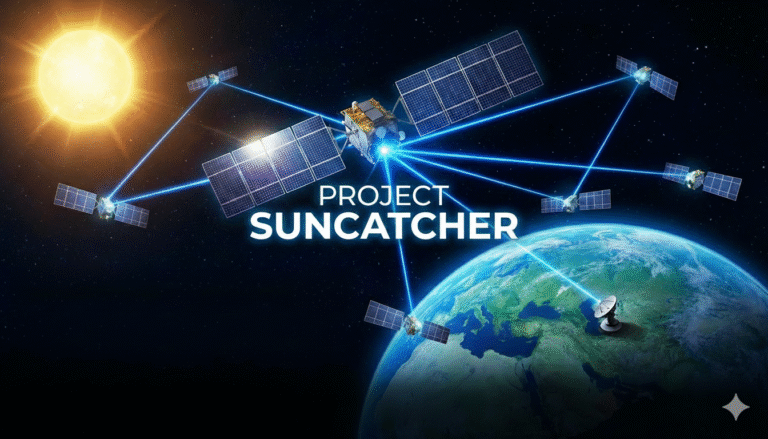
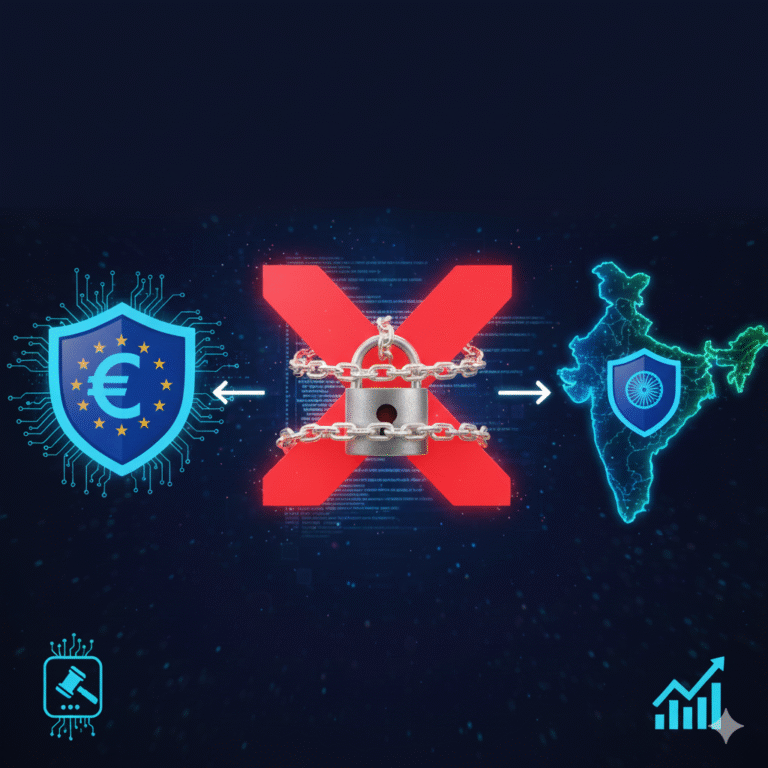
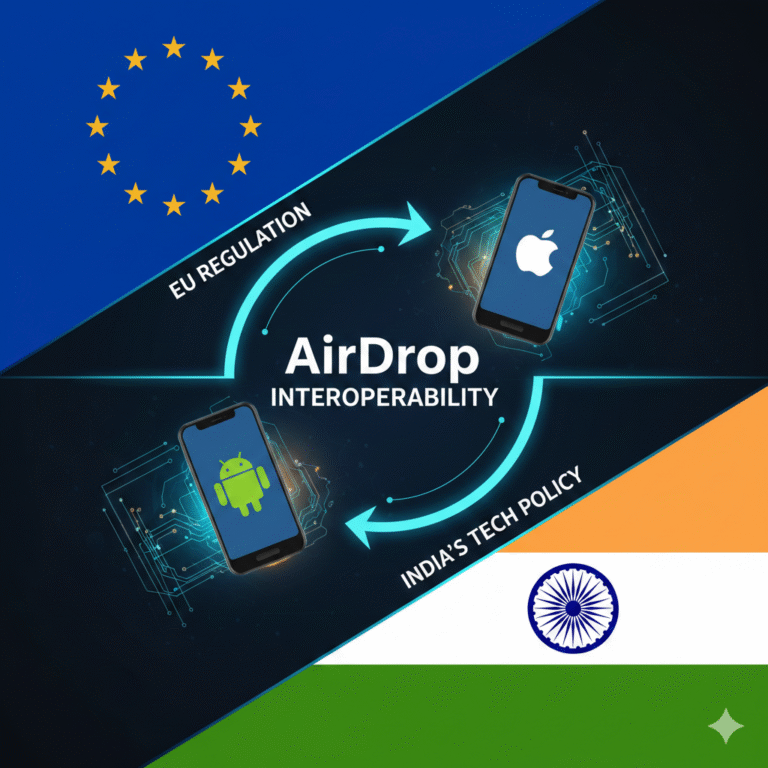


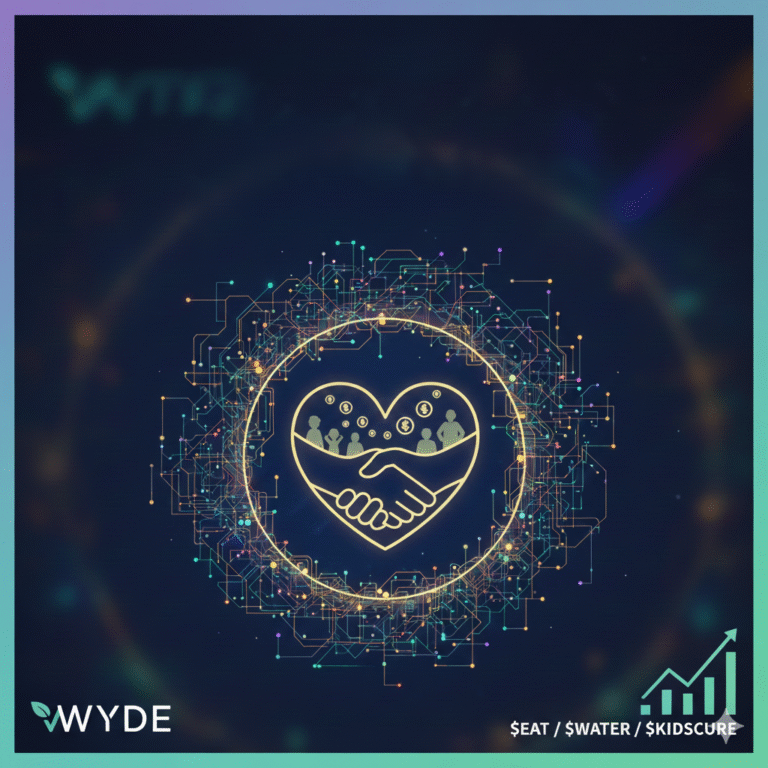


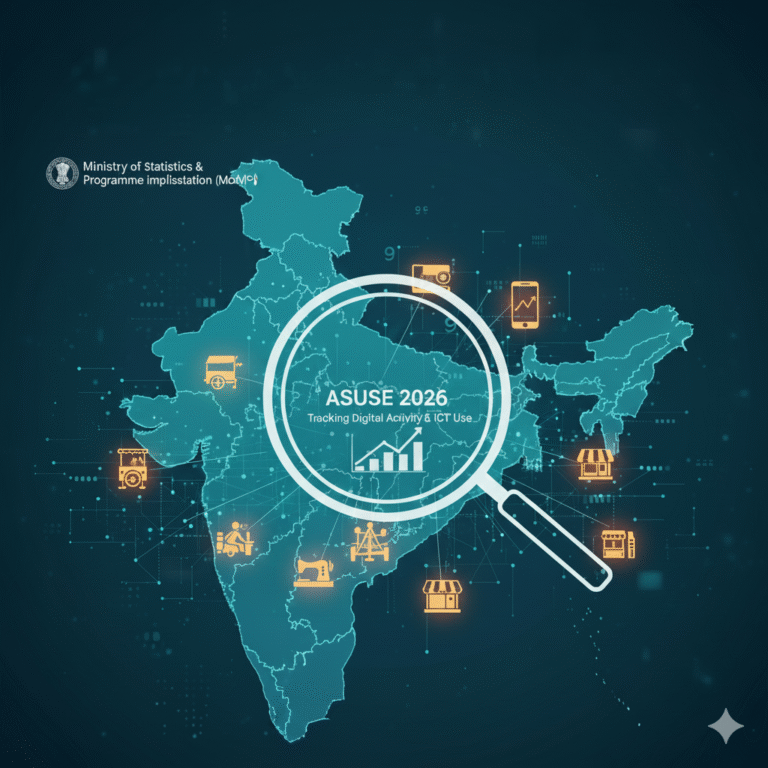
+ There are no comments
Add yours